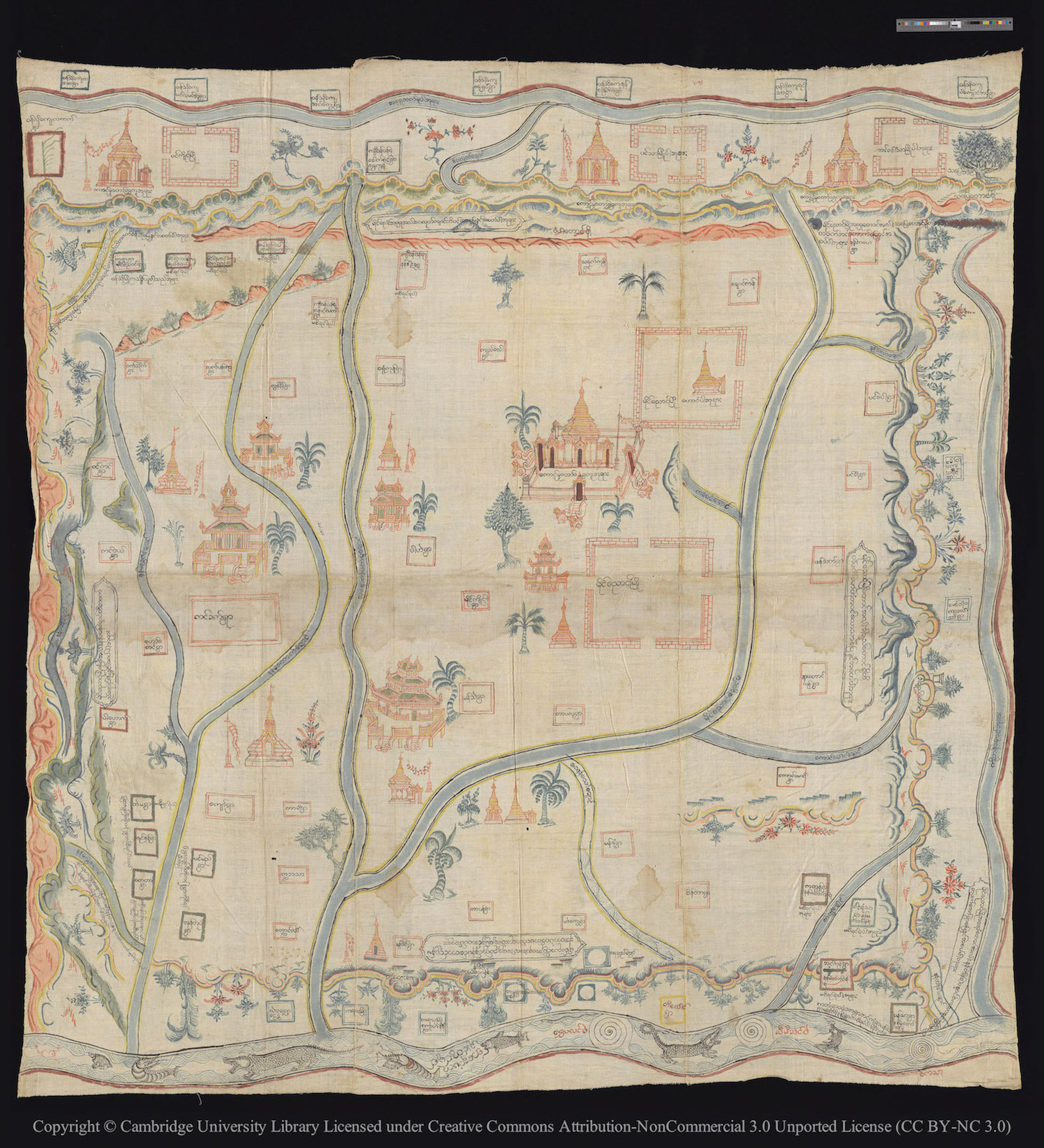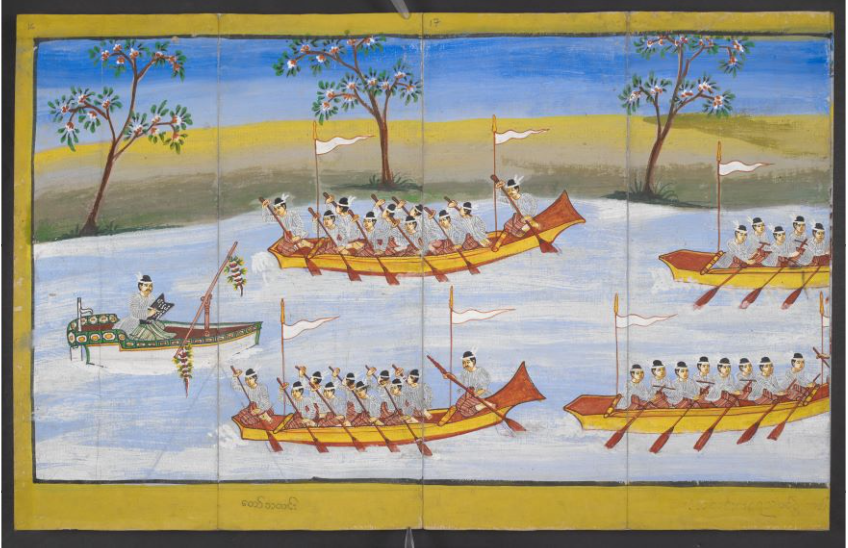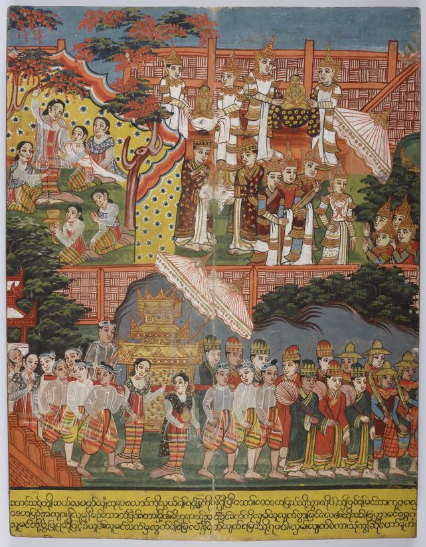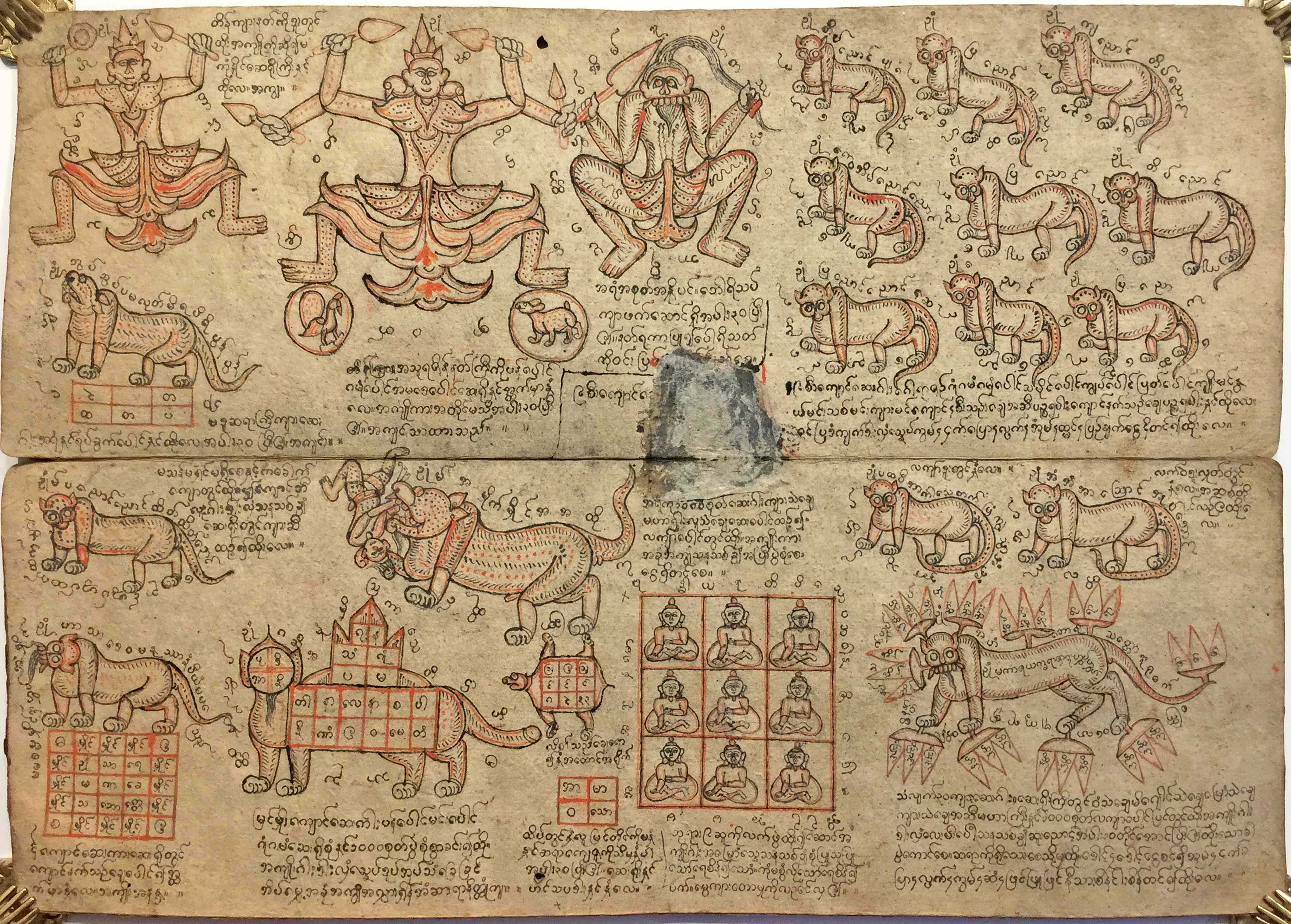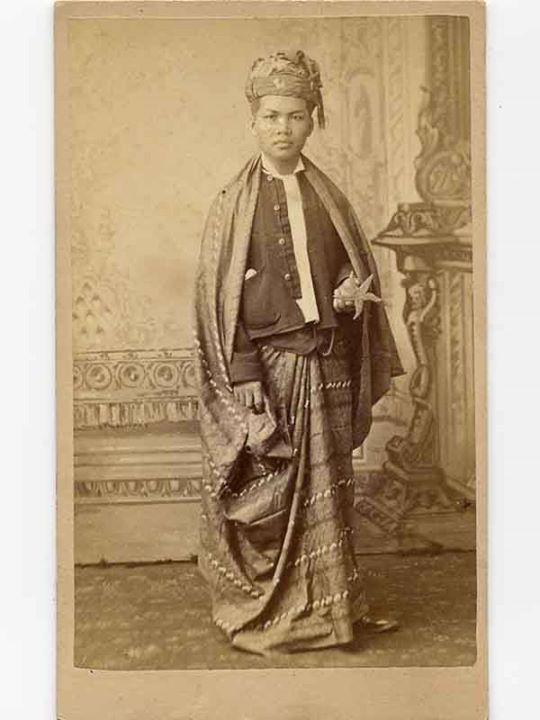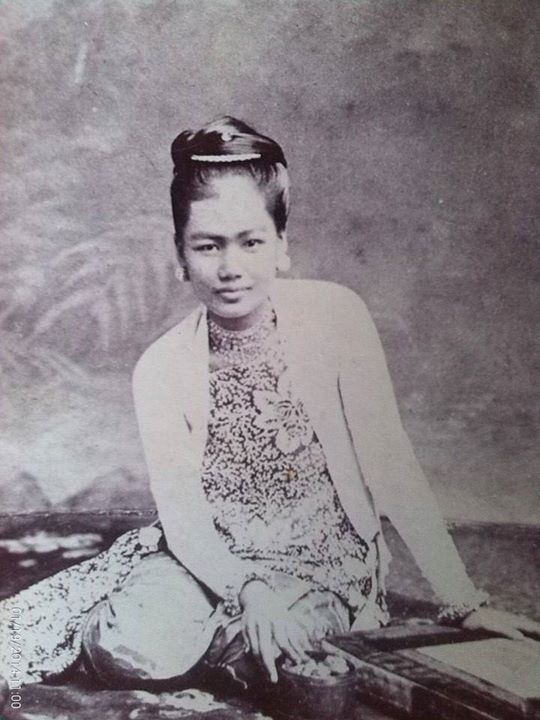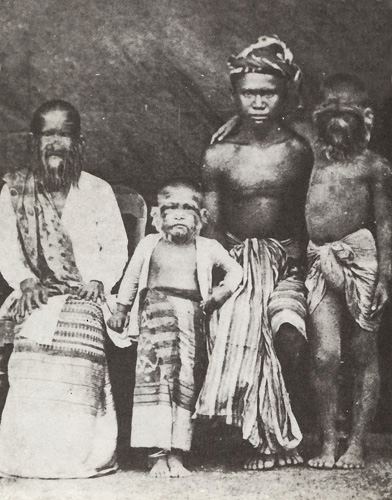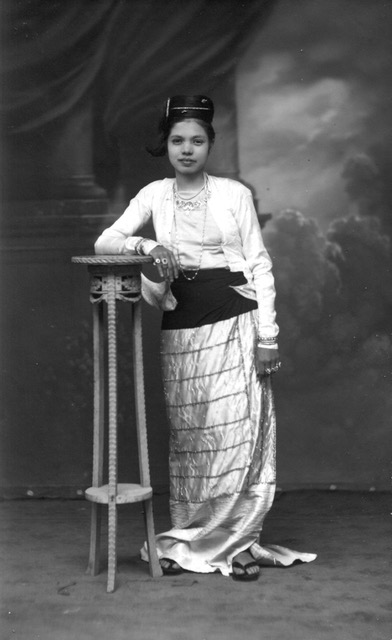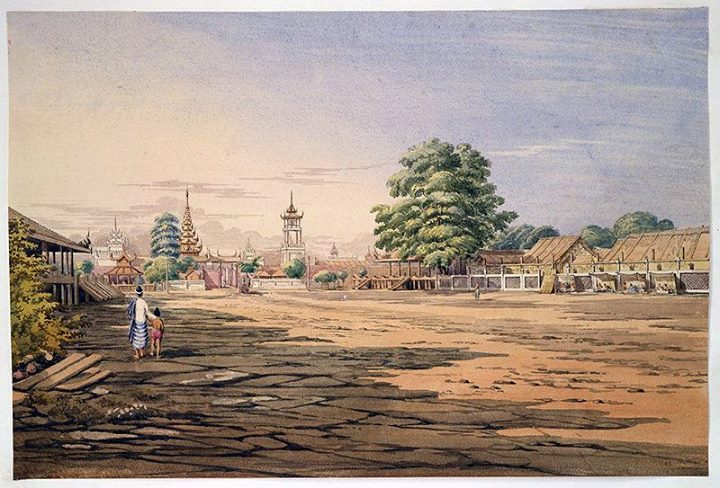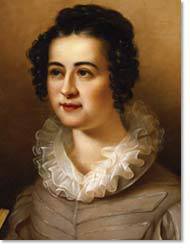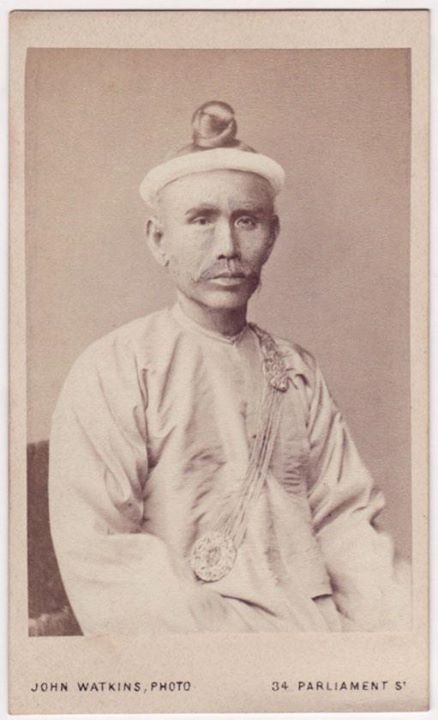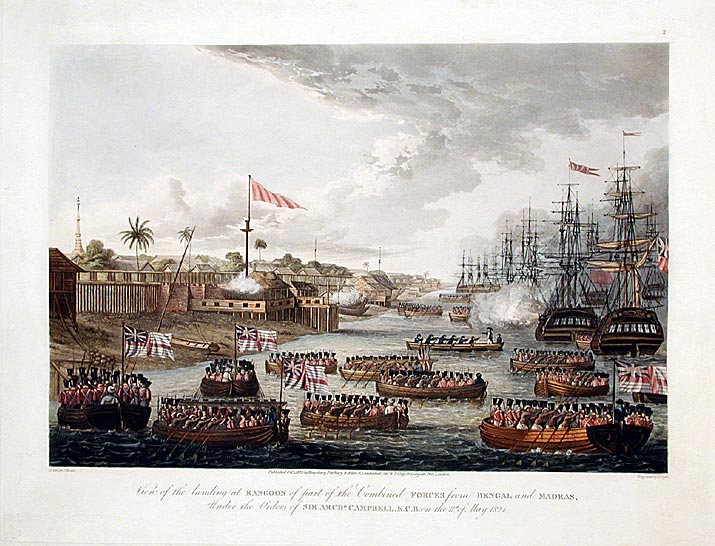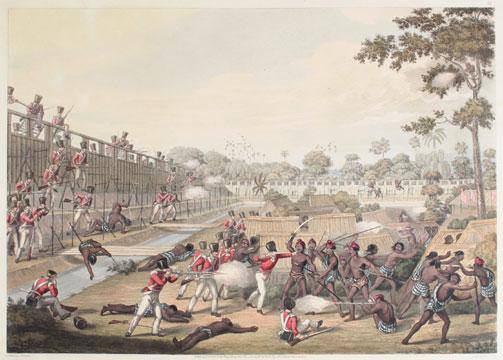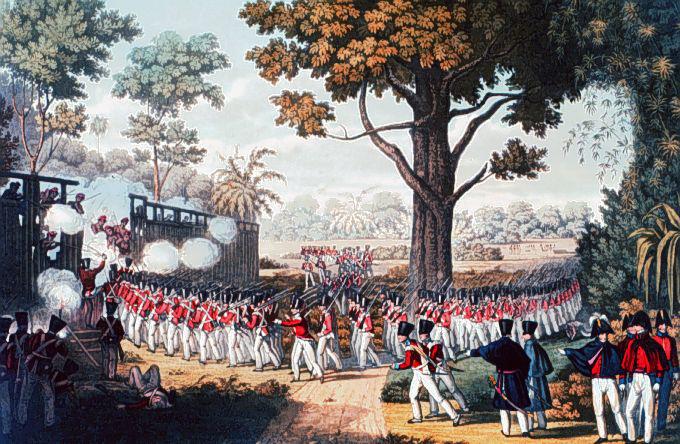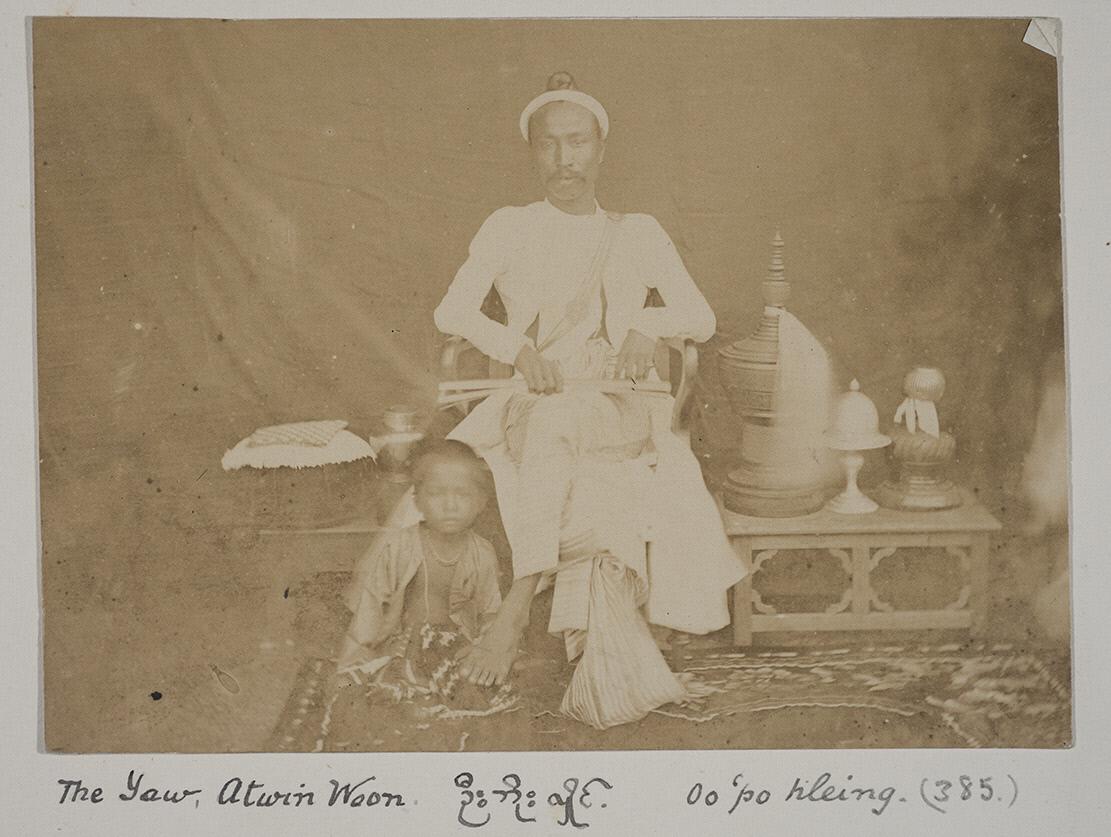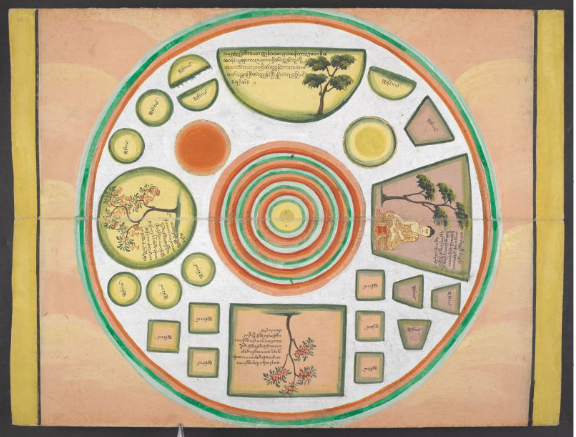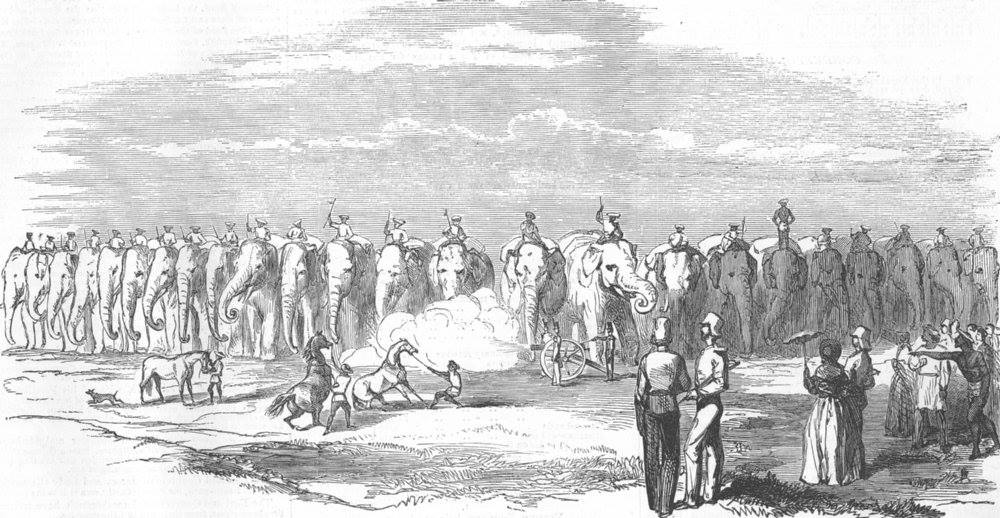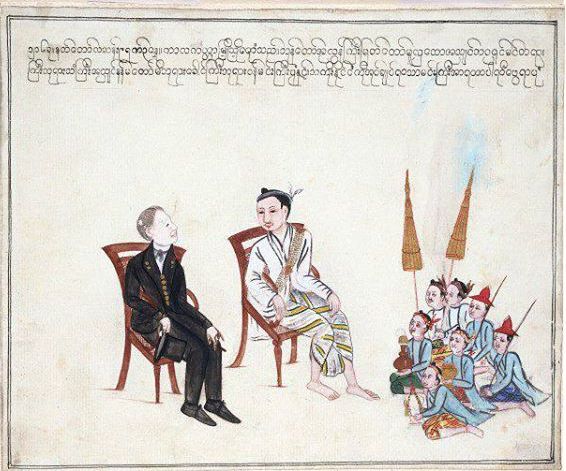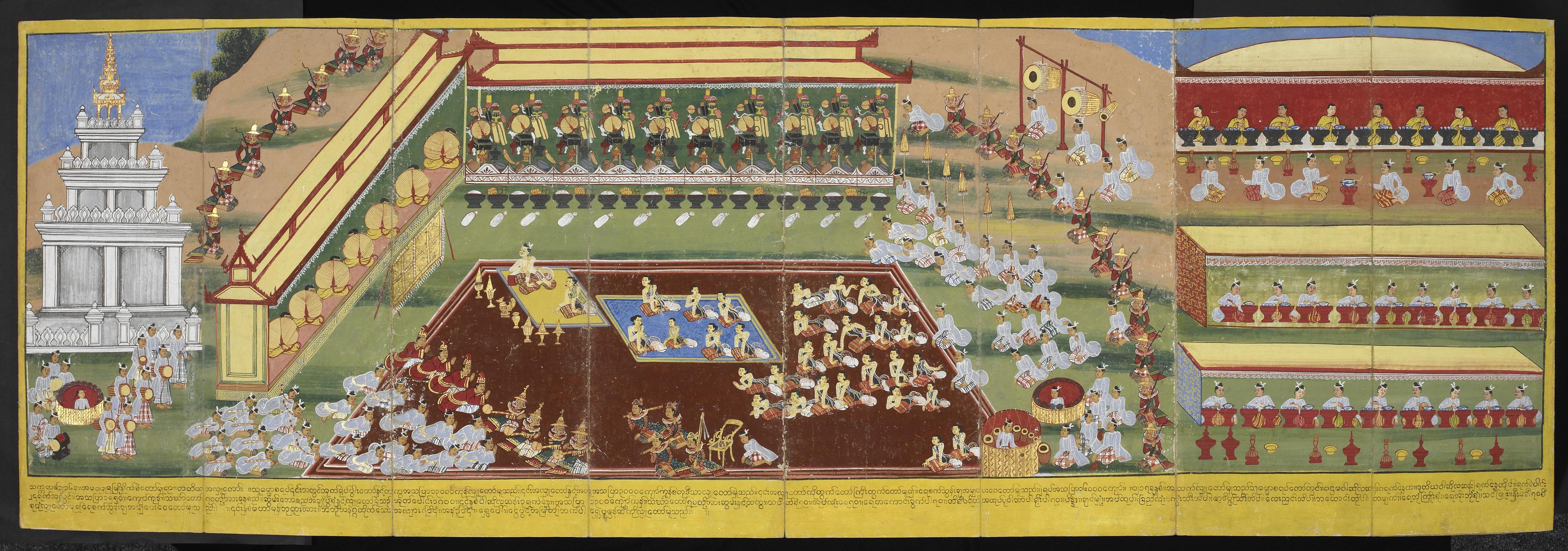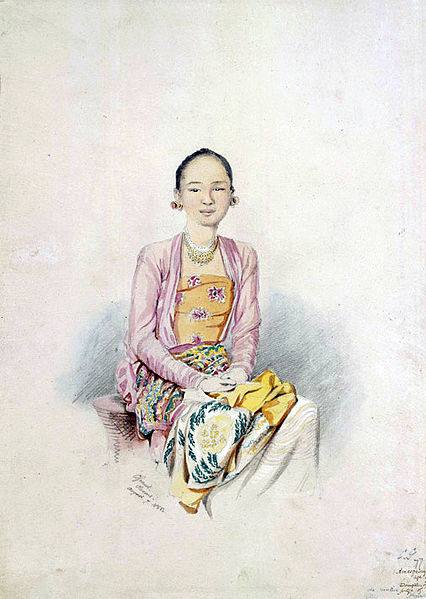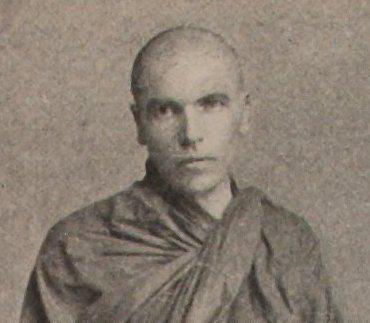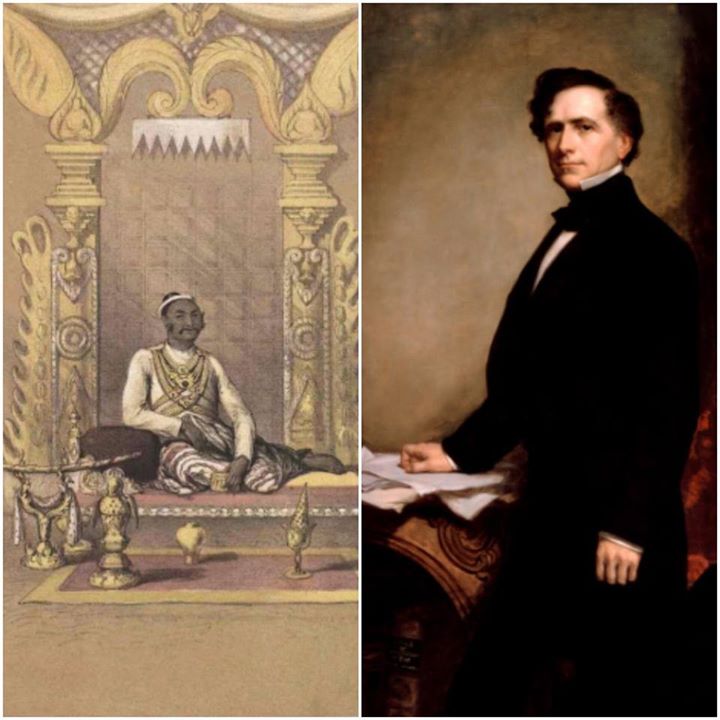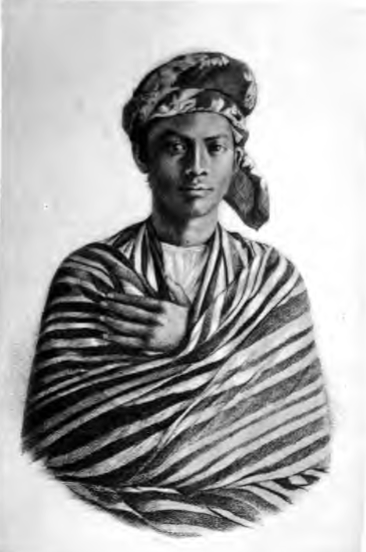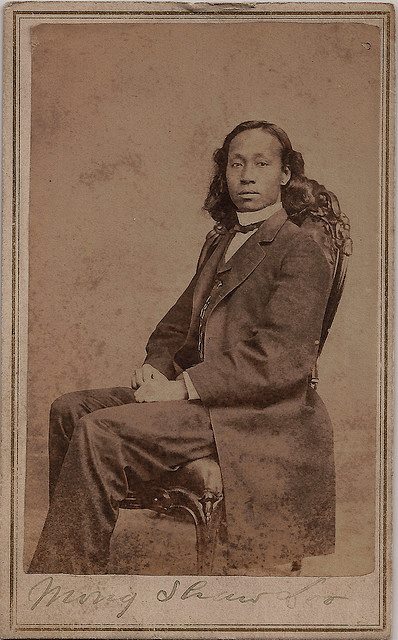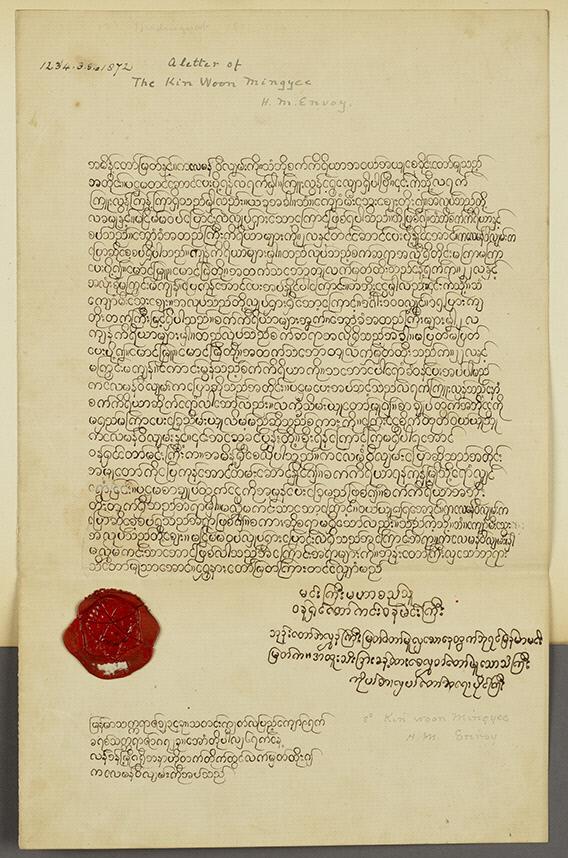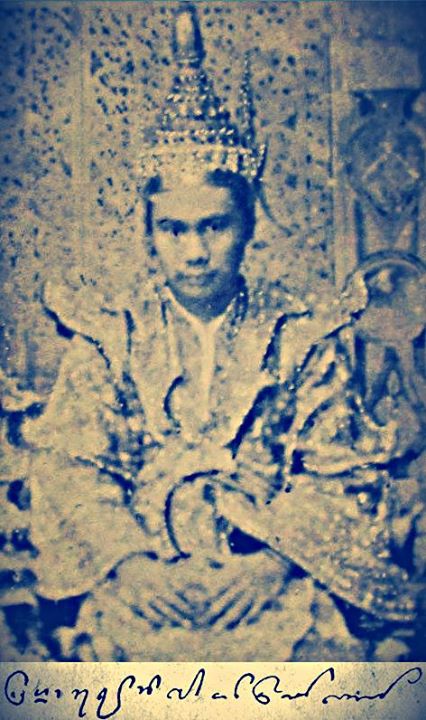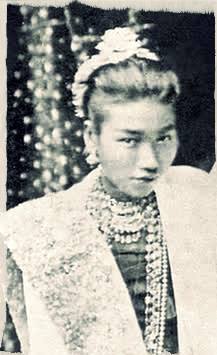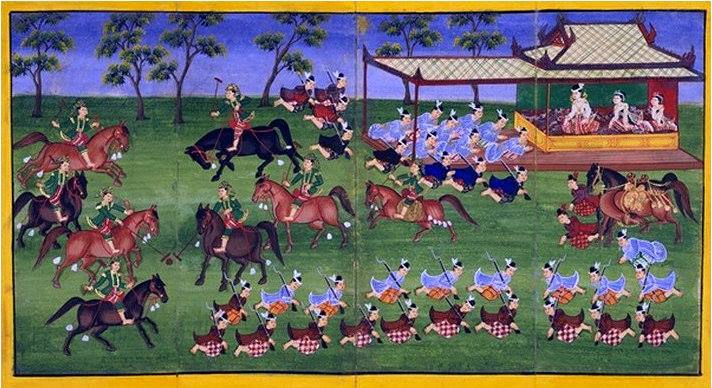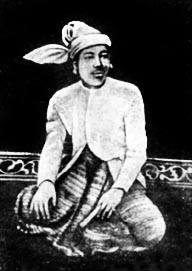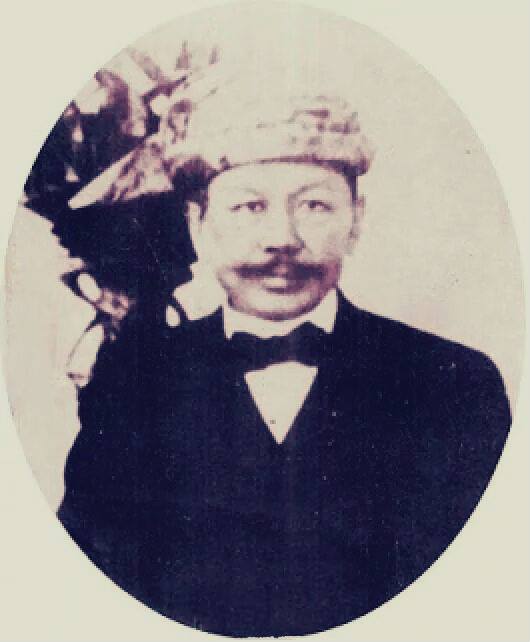Late Konbaung Myanmar and the English Wars (1824-1885AD)
Myanmar's last dynasty was also its most expansive, reaching into today's Northeast India as well as across what is now Laos and Thailand. Over the late 18th and 19th centuries, its royal court created much of the art and architecture that are considered "traditional" today. In the east, the saopha chieftains of Shan State ruled an array of principalities with growing ties to the Irrawaddy valley as well as to China's Yunnan province.
Over the middle decades of the 19th century, however, a series of disastrous wars against the British India Empire led to the kingdom's collapse. A desperate attempt to reform and modernise in the face of imperial aggression failed and the country was eventually colonized by the British.
This section draws together last traditions from the Konbaung period as well as stories and individuals from its little-remembered reformist era and Burma's transition to colonial rule.
Land Categorization
Very broadly, in Konbaung-era Myanmar there existed four main classes of land: crown land, ancestral or allodial land, glebe land, and official or prebendal land. Crown land (nanzin ayadaw-myay) was the personal land belonging to the king. This consisted of scattered but substantial estates which he had inherited from his ancestors or acquired through marriage, and which were worked by a special class of labourers known as lamaing, or crown serfs. Certain other types of land could also become crown...
Read MoreScenes of Konbaung court life
In recent years, numerous Burmese manuscripts held in collections around the world have been digitized and are available for viewing online. These manuscripts are meticulously illustrated in full-colour and provide a remarkable insight into the details of daily life during the Konbaung era, from an age before cameras and film. A Burmese Regatta: Annual regattas were traditionally held around September, in the sixth month of the Burmese calendar called Tawthalin. “A finer sight than their regattas, when the king is present,...
Read MoreScenes from the Life of the Buddha
These biographical scenes from the life of the Buddha are from various 19th-century Burmese manuscripts held in collections around the world. As well as telling the story of the Buddha’s life over two thousand years earlier, they reveal details of life in 19th-century Burma as the artists who have composed the scenes included elements their own surroundings with Burmese textiles, architecture, and cultural accessories. The Birth of the Buddha: This rare mid-19th-century manuscript contains a scene showing the birth of Prince...
Read MoreBurmese tattoo manual
These pages from 19th-century Burmese tattoo manuals are among a series of pages collected by the British Library and digitized for viewing online. It was probably used as a reference by Burmese tattoo practitioners. Traditional Burmese tattoos were believed to have magical powers that could make the skin impervious to various dangers such as snake bites, bullets, and swords, as well as less tangible threats from evil spirits or disease. This tattoo manual was likely circulating around the same time...
Read MoreKolia San Thabue, one of the first students from Burma to the United States
This photograph depicts Kolia San Thabue, a Pwo Karen from Bassein, who became one of the first students from Burma to the United States. He arrived in the US sometime in the later 1870s and studied at Chicago University and Kalamazoo College before going on to Michigan State College (now University). Apparently, he ran into financial trouble in his sophomore year at Chicago and this photograph is from an appeal on his behalf for donations so that he could continue...
Read MoreA favourite daughter of King Mindon: the Princess of Naungmon.
The Princess of Natmauk and Naungmon (Natmauk Naungmon Minthami) was the daughter of King Mindon and his consort Tharazin Myoza Minbura. Eventually she was raised to the title Suriya Mallavadi and then promoted to Sri Padma Devi. Born at the palace in Mandalay in 1859, she died in Rangoon during the British occupation. This portrait was taken at Mandalay palace in the early 1880s when she was in her 20s.
Read MoreThe Hairy Family of Mandalay
Few people in Myanmar know of the strange tale of the "hairy family of Mandalay", though they were once world-famous. The tale started with a hairy boy found in the uplands of Laos who was brought to the Court of Ava by King Bagyidaw (r. 1819-1837) and named Shwe Maung. At least three generations of his family were born with what may have been an extremely rare condition of congenital hypertrichosis, which results in excessive hair growth all over the...
Read MoreThe first Englishman to serve Burmese government
This photograph was taken in 1927 and shows Josephine Rodgers, a descendent of George Rodgers, who was probably the first Englishman to serve the Burmese government. Born in England arouond 1760, by the early 1780s George Rodgers was a naval officer with the British East India Company. By his own record, he was involved in a fight with a more senior officer near Calcutta and believing he had killed the other man, Rodgers fled, first to Chittagong, then to Arakan...
Read MoreAmarapura
Amarapura was founded on 13 May 1783 by King Bodawpaya. With 53 official wives and 120 children, King Bodawpaya, fifth son of Alaungpaya, was 38 years old when he founded the new citadel. At the time, the Konbaung dynasty was then less than a quarter century old and at the very height of its power. Amarapura is a Pali word meaning "immortal city". "Amara" is a cognate of Latin "immortalis" or "immortal"; "pura" a cognate of Germanic "burg", English "borough"...
Read MoreJudson’s life
The missionaries Adoniram and Ann Hesseltine Judson of Massachusetts first arrived in Burma in July 1813. Ann (pictured here) would die of smallpox in 1825 at Amherst (now Kyaikkami). Adoniram Judson was imprisoned during the first Anglo-Burmese War but then released and continued to live in Burma until his death in 1850. He wrote the first English-Burmese dictionary. In addition to Judson College and the Judson churches in Myanmar, there are at least three dozen churches named after him in...
Read MoreKinwun Mingyi
The Kinwun Mingyi U Kaung (3 February 1822 – 30 June 1908) was Burma (Myanmar)’s leading reformer in the 1870s and early 1880s. He was a scholar, diplomat, and the author of numerous works of literature, history, and jurisprudence. Like many in his generation, his vision was of a modern, independent Burma, that would mix the best of the old and the new, importing the latest ideas and technology, whilst also protecting and preserving centuries old traditions. The Kinwun Mingyi...
Read MoreThe First Anglo-Burmese War (Part 1)
On 5 March 1824 Lord Amherst, then Governor-General of India (later the first Earl Amherst of Arracan), declared war on the kingdom of Burma from Fort William, Calcutta. The war would last more than two years and was one of the most expensive in British imperial history (costing approximately $30 billion in today's money). It led to the deaths of tens of thousands of European, Indian, and Burmese soldiers and civilians, and ended with the annexation of Assam, Manipur, Arakan...
Read MoreThe First Anglo-Burmese War (Part 2)
Read part 1 here The arrival of Bandula and the armies from Arakan and Assam must have cheered the demoralized Rangoon front line. Bandula immediately prepared for confrontation. To the east, at Pazundaung, he placed the governor of Myolat with three thousand men. To the north he placed his brother Mindin Minkaung with another three thousand men. To the west, he placed a captain of the royal guards, Mingyi Maha Minhla Zeyyathu, with four thousand men, and in the forests...
Read MoreThe Treaty of Yandabo
The Treaty of Yandabo was signed on 24 February 1826 by Sir Archibald Campbell, representing the East India Company and Maha Minhla Kyawhtin, the Myoza of Legaing. The treaty ended the First Anglo-Burmese War and marked a dark day in Burmese history. The war had begun with aggression on both sides. By 1826, however, the Burmese king's forces had been utterly defeated. Some 15,000 British and Indian troops and tens of thousands of Burmese were dead. Hundreds of Burmese and...
Read MoreThe only known photograph of the Yaw Atwinwun U Po Hlaing
This photograph of U Po Hlaing was taken by Dr. Clement Williams, a British representative in Mandalay who became a good friend of King Mindon and his inner circle. The photograph was recently made public by the heirs to Dr. Williams’ estate. U Po Hlaing (1830-1883) was a leading reformist at the courts of King Mindon and King Thibaw. He was fluent in Sanskrit, Pali, and Burmese and wrote many important works on Buddhism, governance, mathematics, and other subjects. He...
Read MoreBuddhist cosmology
These images, from a parabeik thought to have been painted sometime during the reign of King Thibaw before Mandalay was conquered by the British in 1885, provide a detailed description – in text and images – of Buddhist cosmology. The map shows Mount Meru, which sits at the centre of the Buddhist universe and is encircled by concentric rings of mountains and rivers. Mount Meru is surrounded by a vast ocean with four great island continents, each named after the...
Read MoreSecond Anglo-Burmese War
In 1852, a second Anglo-Burmese war, briefer than the first, had led again to an unambiguous British victory and the loss of more Burmese territory. Whereas the first was the result of aggression by the Burmese as well as British expansion, in this one the blame was entirely with Calcutta, then the capital of the British Raj. It started with an incident: the governor of Rangoon fined the captains of two British ships for alleged custom violations and there followed...
Read MoreSir Arthur Phayre and the Myoza of Magwé in Calcutta
This watercolour depicts Sir Arthur Phayre and the Myoza of Magwé in Calcutta 1854. In the early years of his reign, King Mindon tried desperately to persuade the British to return Lower Burma, which had been seized during the Second Anglo-Burmese War (1852-53). In 1854 he sent one of his most powerful ministers the Myoza of Magwé (a minister to the very influential senior queen) as his envoy to the Marquess of Dalhousie, then Governor-General of India. The Magwé Myoza...
Read MoreThe Penultimate King
King Mindon making a donation at the Mahamuni pagoda in Mandalay. King Mindon is remembered by many Burmese as the country's last great king and among the most devout patrons of Buddhism ever. He convened the Fifth Great Buddhist Synod in 1871, which was billed as the first of its kind in two thousand years, bringing together 2,400 monks, including several from overseas, in a grand attempt to review and purify the scriptures. Nor was his religious interest limited to...
Read More“Ameegalay”
This watercolour portrait of "Ameegalay" was by the British artist Colesworthy Grant in 1855. Ameegalay was the younger daughter of the Sitke (second-in-command of a military unit during the time of Burmese kings) of Prome. Colesworthy Grant was the official artist attached to Sir Arthur Phayre's 1855 mission to Amarapura and the court of King Mindon. Prome was one of their stops on the way from Rangoon to Amarapura.
Read MoreIrish monk of Myanmar
There is a the long and colourful history of relations between Myanmar and Ireland and the many Irish men and women that have played a role in Burmese affairs. Perhaps one of the most unusual was U Dhammaloka (whose original name is unknown for certain). Born to a poor family in Dublin in 1856, he migrated to the United States, made his way on the first trains, then travelled by steamship to Japan and finally ended up in Rangoon just...
Read MoreThe dawn of Myanmar-US relations
Official Myanmar-US relations began in 1856 with a letter from King Mindon (pictured on the left) to Franklin Pierce, the 14th President of the United States (pictured on the right). When the letter was written, King Mindon had just built his new city, Mandalay, and his modernization drive was then in full swing. Over the next 15 years King Mindon would try to reform all aspects of government, fundamentally changing the revenue system and reforming administrative structures; mint coins; send...
Read MoreA Burmese in London c. 1857
Maung Shwe Too travelled to Calcutta around 1855, in his own words, "in search of knowledge". There, he spent some time at a Christian missionary school learning the English language. Then, wanting to see the West for himself, he took a job as an ordinary sailor on a British merchant ship and arrived in the United Kingdom in 1857. In London, this intrepid young man found his way to the Home for Asiatics, where he lived for more than three...
Read MoreThe first student from Myanmar to study in US
The first Burmese student to come to America (and perhaps the first Burmese ever in America) was Maung Shaw Loo, who travelled from his native Moulmein to Lewisburg, Pennsylvania in 1858, just before the American Civil War. This photograph of him was taken in the little town of Goshen, Indiana, c. 1865. In 1857, aged 17, Maung Shaw Loo left Burma to study in Calcutta. During the Indian Mutiny in 1858 he stowed away on a ship for America; when...
Read MoreA rare letter from the Kinwun Mingyi to Clement Williams
Clement Williams is a very interesting figure in 19th century Burmese history. He first arrived in Burma in 1858 as an Assistant Surgeon in the British Army and went on to become the (British) Political Agent in Mandalay. He spoke Burmese fluently and impressed King Mindon, who came to regrd him as a friend. Within a year, however, he was replaced by his bitter rival Colonel Sladen. Over the 1870s he lived in Rangoon as a businessman and an agent...
Read MoreKing Thibaw: the Last King of Burma
King Thibaw (1 January 1859-19 December 1916) was the last king of Burma. He was the 41st son of King Mindon and the Laungshe Queen, and the 11th king of the Konbaung dynasty with the regal title Thiri Pawara Ditya Lanka Wizara Nanda Yatha Tilawkadhipati Pandita Maha Dhamma Razadhiraza. He assumed the throne in October 1878, was deposed by the British in November 1885 and died in exile on 19 December 1916 at the age of 57. A controversial choice...
Read MoreHM Queen Supayalat, the Last Queen of Burma
HM Queen Supayalat (13 December 1859-24 November 1925) became the "Middle Palace Queen" of King Thibaw in 1916 at the age of 19. During her seven years on the throne she fought attempts by reformist ministers to curtail royal authority (especially royal spending). She also fought to limit the number of queens and royal concubines. British propaganda portrayed her as a decadent tyrant, dominating her husband and opposed to all change. Negative images of the king and queen were usually...
Read MoreMandalay polo
Today, polo is a game played around the world. Its modern form is derived from Manipur where it had been played for many centuries. The British copied the Manipuri game and the first polo club was established in Calcutta in 1862. However, the game itself is far older and likely originated with the horse-riding cultures of the central Asian steppe (where horse-riding started around 4500 BC). Polo was played extensively in the Persian Empire more than two thousand years ago,...
Read MoreThe assassination of the Prince of Kanaung
In August 1866, the course of Burmese history changed forever with the assassination of the Prince of Kanaung. The Kanaung Prince was the Crown Prince, the younger brother of King Mindon and also his partner in government. Together they set out to transform government, develop the economy, and defend the country's independence. It was a modernization programme that preceded what would be tried elsewhere, in Japan, Siam, Egypt, Vietnam. Under the Kanaung Prince's direction: dozens of students were sent to...
Read MorePrince of Myingun
The Prince of Myingun, on 2nd August 1866, rebelled against his father King Mindon, killing his uncle, the Prince of Kanaung and a number of high officials. His rebellion lasted several weeks and was crushed only after considerable bloodshed. The Prince of Kanaung had been the kingdom's leading reformer and his death crippled efforts to modernise the army and other royal institutions. This photograph of the Myingun Prince was taken in Saigon where he died in 1921. His sons, shown...
Read More